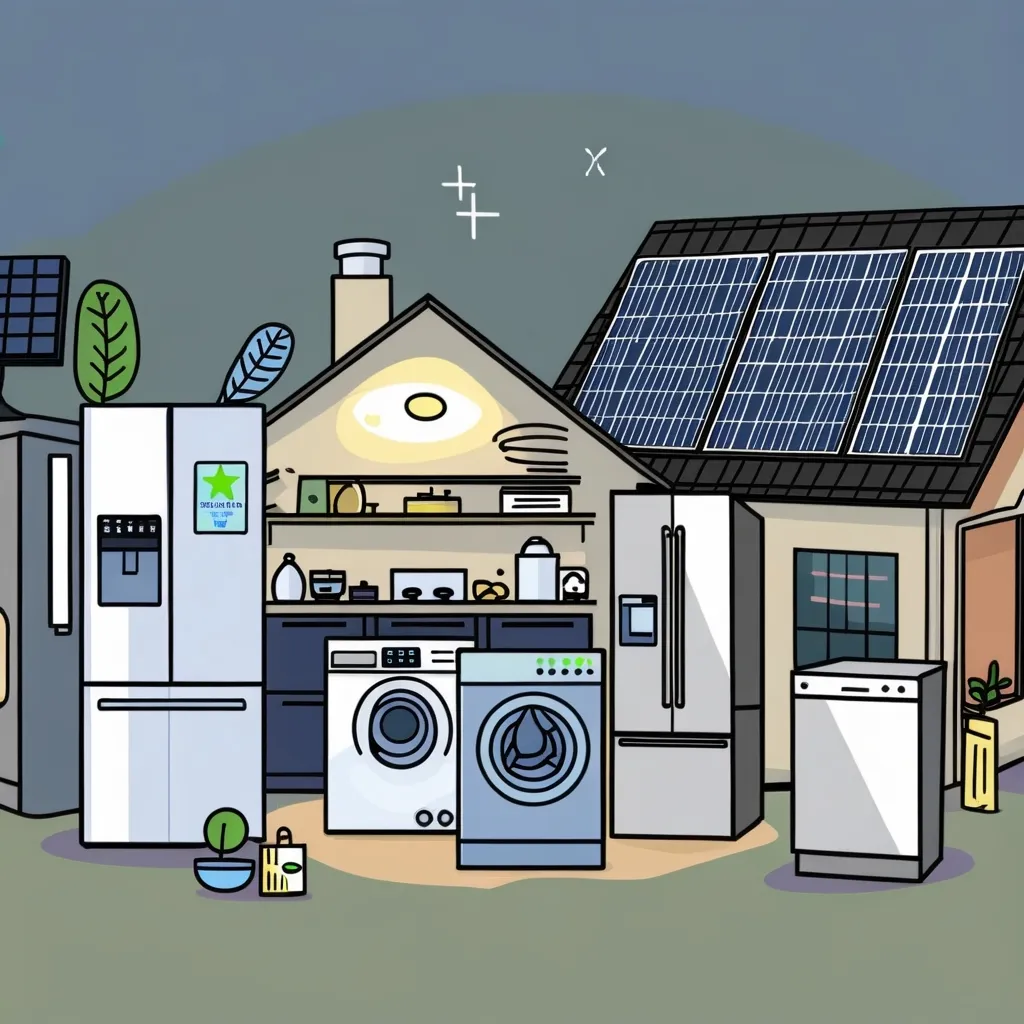Achieving Big Goals: The Power of Progressive Task Scaling
We’ve all been there. You set a massive goal, get excited, and then… nothing happens. The sheer size of the task ahead paralyzes you. But what if I told you there’s a better way? A method that turns those daunting goals into a series of small, achievable steps. Welcome to the world of Progressive Task Scaling.
This approach isn’t just some feel-good theory. It’s a proven strategy used by successful individuals and businesses alike. The idea is simple: break down your big goals into smaller, manageable tasks. Then, tackle them one by one, slowly building momentum and confidence.
Think about it like building a house. You don’t just slap it all together in one go. You start with the foundation, then the frame, then the walls, and so on. Each step is crucial, and each victory, no matter how small, brings you closer to the finished product.
Let’s dive into why this method works so well. First off, it’s all about those small wins. When you accomplish even a tiny task, your brain gets a hit of dopamine. That’s the feel-good chemical that keeps you motivated and hungry for more. It’s like a snowball effect – each small win builds on the last, creating an unstoppable force of progress.
But it’s not just about feeling good. Small wins are practical too. They reduce the risk of failure and make it easier to bounce back from setbacks. Imagine you’re trying to save $10,000. That’s a big, scary number. But what if you broke it down into saving $100 a week? Suddenly, it seems a lot more doable, right?
This approach also allows for flexibility. In the business world, they call it “progressive elaboration.” It’s about starting with a broad plan and then refining it as you go along. Think of it like planning a road trip. You know your destination, but you might adjust your route based on traffic, weather, or cool attractions you discover along the way.
For entrepreneurs, this method is a game-changer. Scaling a business can feel like trying to climb Everest in flip-flops. But with Progressive Task Scaling, you can grow your business step by step. It’s about creating systems and processes that can expand with your company. This way, you’re always prepared for the next level of growth.
Take Amazon, for example. They didn’t start by trying to sell everything to everyone. They began with books. Once they mastered that, they expanded to music and DVDs. Now look at them – they sell practically everything under the sun. That’s Progressive Task Scaling in action.
But this isn’t just for big businesses. You can apply this to your personal life too. Want to get in shape? Don’t try to go from couch potato to marathon runner overnight. Start with a 10-minute walk each day. Then gradually increase the time and intensity. Before you know it, you’ll be running 5Ks like it’s no big deal.
The same goes for your finances. Trying to save for a house deposit? Begin by cutting out one unnecessary expense, like that daily fancy coffee. Put that money aside instead. It might not seem like much at first, but over time, it adds up. And as you see your savings grow, you’ll be motivated to find other areas where you can cut back and save more.
One of the coolest things about this approach is how it helps you stay ahead of trends. When you’re taking things step by step, you have more opportunities to pause, look around, and adjust your course. This is crucial in today’s fast-paced world where change is the only constant.
Let’s say you’re running a tech startup. By breaking down your development process into smaller stages, you can more easily incorporate new technologies or pivot based on user feedback. You’re not locked into one big, unchangeable plan. Instead, you’re agile and ready to adapt.
Now, I know what you might be thinking. “This all sounds great, but I’m impatient. I want results now!” Trust me, I get it. We live in a world of instant gratification. But here’s the thing – sustainable success takes time. It’s like planting a tree. You can’t make it grow faster by pulling on the leaves. You need to nurture it consistently over time.
The beauty of Progressive Task Scaling is that it keeps you motivated throughout the journey. Each small task you complete is a victory in itself. And these victories compound over time, leading to massive results.
Think about learning a new language. If you try to become fluent overnight, you’ll burn out fast. But if you commit to learning just five new words a day, in a year, you’ll know over 1,800 words. That’s enough to have basic conversations in most languages.
This method also helps you avoid the dreaded “all or nothing” mentality. You know, where you slip up once and feel like you’ve failed completely? With Progressive Task Scaling, there’s always another small task to tackle. One setback doesn’t derail your entire plan.
Let’s bring this back to business for a moment. The “Pivot-Push Strategy” is a perfect example of Progressive Task Scaling in action. Instead of trying to transform your entire company at once, you focus on one area at a time. Maybe you start by improving customer service in one department. Once you’ve nailed that, you can roll it out company-wide.
This approach reduces complexity and increases your chances of success. It’s like the old saying, “How do you eat an elephant? One bite at a time.” (Don’t worry, no elephants were harmed in the making of this analogy!)
Now, let’s talk about staying motivated. One of the biggest challenges with any long-term goal is maintaining enthusiasm over time. Progressive Task Scaling helps with this too. By breaking your goal down into smaller tasks, you create more opportunities to celebrate. And let’s face it, who doesn’t love a good celebration?
These celebrations don’t have to be big. Maybe it’s treating yourself to your favorite snack after completing a task. Or sharing your progress with a friend. The important thing is to acknowledge your achievements, no matter how small they seem.
Remember, progress isn’t always linear. There will be days when things don’t go as planned. That’s okay. The beauty of this method is that it’s flexible. If one approach isn’t working, you can adjust and try something else. It’s all about continuous improvement and learning.
Progressive Task Scaling also helps with decision making. When you’re faced with a big goal, it’s easy to get overwhelmed by all the choices. Should you do this or that? What if you make the wrong decision? By breaking things down, you make the decisions smaller and less daunting. It’s easier to choose between two small options than two massive ones.
Let’s look at a real-world example. Say you want to start a blog. The big goal might be to have a successful blog with thousands of readers. But that’s pretty vague and overwhelming. So, you break it down. Your first task might be to choose a blogging platform. Then, decide on your niche. Next, write your first post. Each of these tasks is manageable and moves you closer to your big goal.
One of the often-overlooked benefits of this method is how it helps you develop new skills. As you work through your small tasks, you’re constantly learning and growing. Maybe you need to learn a new software to complete a task. Or perhaps you need to network with people in a different industry. These skills accumulate over time, making you more versatile and valuable.
It’s also worth noting how Progressive Task Scaling can improve your work-life balance. When you’re not constantly stressed about huge, looming goals, you have more mental space to enjoy life. You can focus on the task at hand, knowing that you’re making progress, and then switch off and relax when you’re done.
In conclusion, Progressive Task Scaling is a powerful tool for achieving big goals. It turns the impossible into the possible, the overwhelming into the manageable. It keeps you motivated, helps you learn and grow, and increases your chances of success.
So, next time you’re faced with a big goal, remember: start small, celebrate often, and keep pushing forward. Before you know it, you’ll be looking back in amazement at how far you’ve come. And the best part? You’ll have enjoyed the journey along the way.
Now, what’s the first small step you’re going to take towards your big goal?






